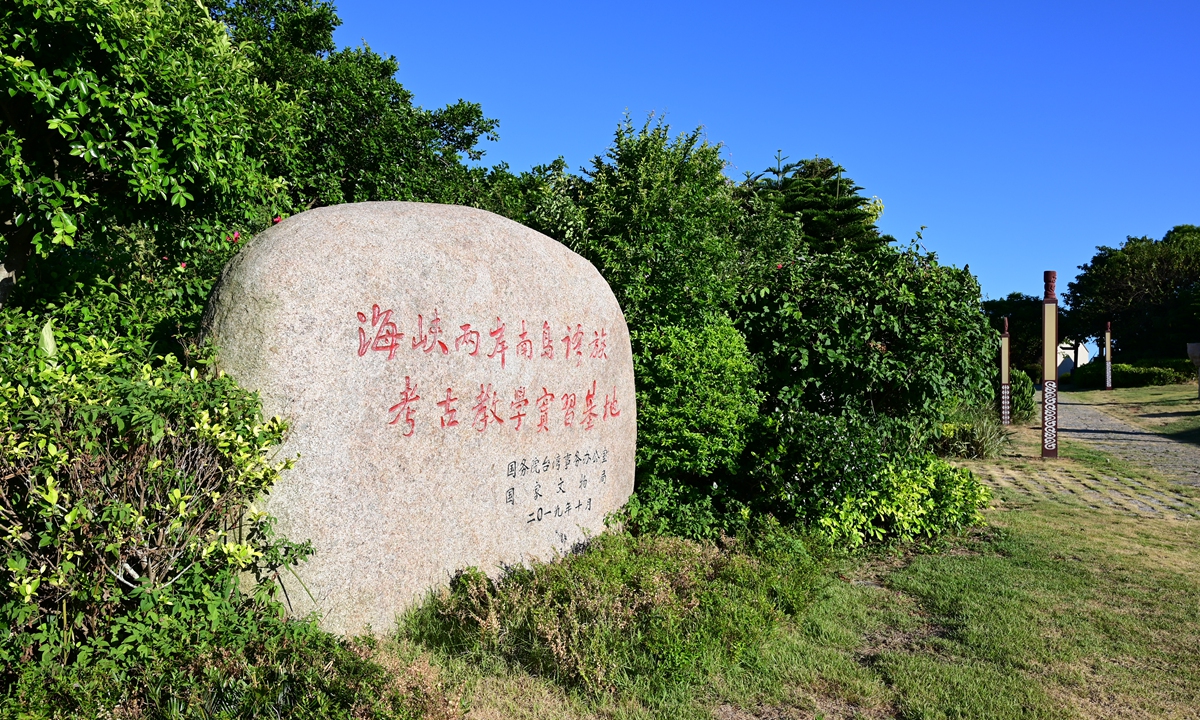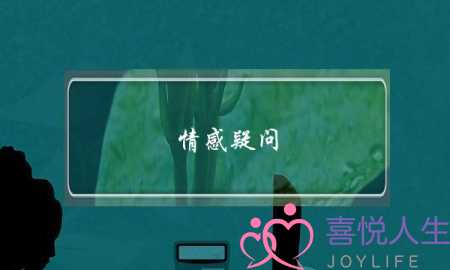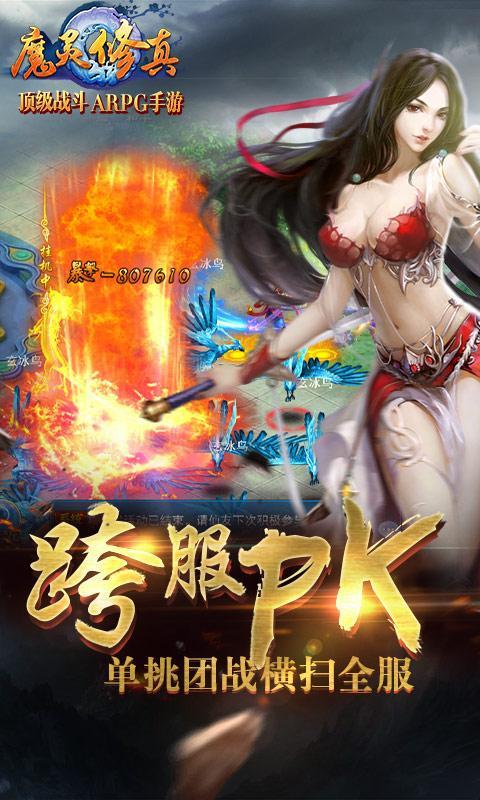
Photo: VCG
Originating in the southeast coast of China and now used by around 400 million people around the world, the Austronesian language family is a trending topic among the world academic community. Now a Chinese archaeological hub has been launched in Ningde, East China's Fujian Province, to research the topic.
Austronesian, a language family, covers speakers in regions that stretch from Madagascar eastward, encompassing nearly all of the native languages of the Pacific islands, the Malay Peninsula and so forth. Historian Fang Gang told the Global Times that "Fujian Province witnessed its birth around 8,000 years ago."
The newly established hub is dedicated to studying the origins and derivation of the language family.
In 2020, the subject was recognized as possessing national-level importance, Zhang Yiwu, a professor at Peking University, told the Global Times that the language family is vital due to "its revelation of the same-root origin of the languages in the Chinese mainland and the island of Taiwan."
"For example, it resonates with the indigenous culture of the Gaoshan ethnic group in Taiwan and also the cultures of various Southeast Asian countries," Zhang remarked.
To make unique contributions to the national study, the new hub has a niche focus on investigating the cultural and archaeological stories in the eastern part of Fujian Province. Several ruins scattered in cities like Fu'an and Fuding, and Puxia county will be investigated, among which the Huanggua Mountain site is a highlighted spot.
Located in Puxia county, the Huanggua Mountain ruins date back 3,500 to 4,000 years to the Neolithic and Bronze Age periods. Color painted pottery wares are iconic artifacts from the site when it was first excavated in 1987.
Such pottery relics, especially their aesthetic patterns, were discovered to be extremely similar to relics discovered at the Fengbitou Archaeological Site in Taiwan's Kaohsiung as well as similar pottery relics discovered in southern Zhejiang Province.
Although such archaeological finds seem to not show any direct connection to the Austronesian language family, archaeologist Wang Meng told the Global Times that the "Fujian-Zhejiang-Taiwan" trajectory reflects the "promulgation route and exchanges between ancient Austronesian-speaking people."
"Linguists may pay attention to the language itself, however, archaeologists use relics and sites to tell the cultural history of the language family," Wang told the Global Times. He also stressed that those similar pottery pieces also reveal the "exchanges between the Chinese mainland and the island of Taiwan in prehistoric times."
The archaeological narrative has always played a big role in interpreting Austronesian culture. Also, in Pingtan, Fujian Province, the Keqiutou ruins represents the lifestyle of early Austronesian-speaking people. The remains of oyster shells, rice and millet in pottery wares have revealed that eating seafood and agricultural traditions were merged together by Austronesian-speaking people.
Due to its contribution to Austronesian culture, the site was selected as one of the top 10 national archaeological discoveries of the year 2023. Including it, a total of 37 archaeological spots in the region have been identified as being relevant to Austronesian culture.
Noting that Austronesian was a cultural landmark of the province, cultural policy expert Song Weiping told the Global Times that its legacy can also help boost "local cultural tourism."
In July, a proposal by the Fujian Provincial People's Government that focuses on the "transformation and utilization of the research results" of the Austronesian legacy was published.
An Austronesian-themed "folk culture park" and a "special agricultural sightseeing park" are also in the planning phase.
Also, a number of cultural and creative products and travel routes are also being prepared.
"Beside the cultural sector, the legacy can also be a theme for cross-cultural events like symposiums that promote international exchanges," Zhang told the Global Times.




















